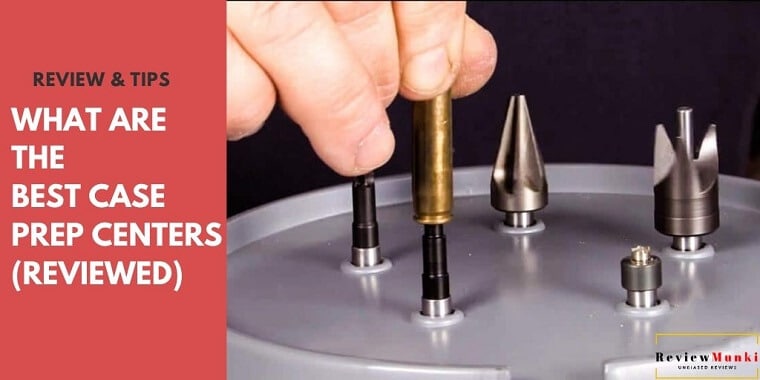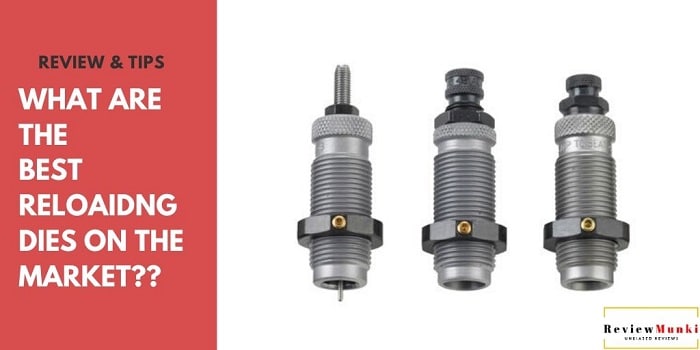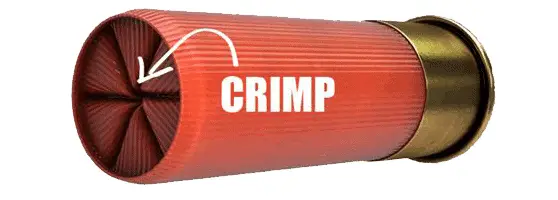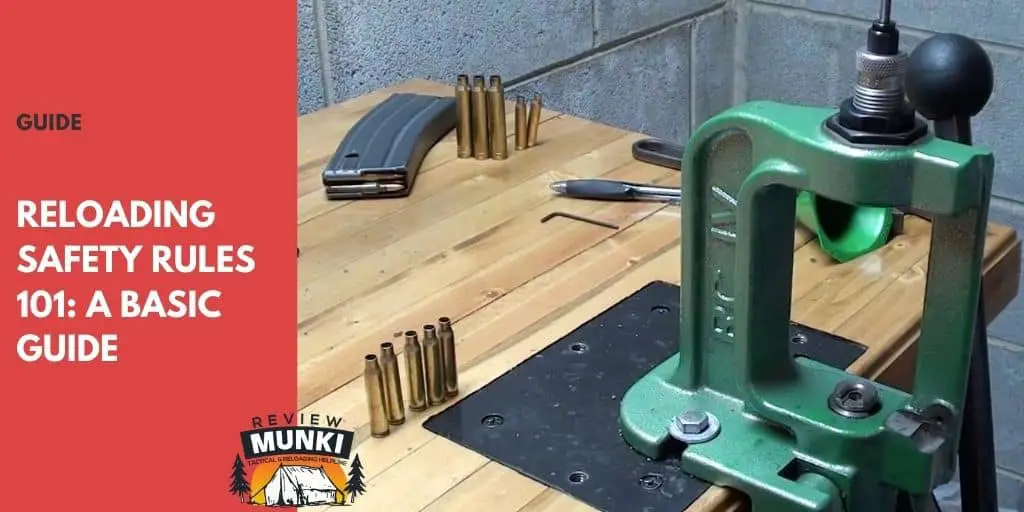“Dang! This reloading press will be the death of me!” – My dad screams in frustration, but his reaction sinks down when I ask – ‘have you used enough lube?’
What is the first mantra that every reloading press user must know?
‘How to lubricate reloading press.’ It’s really that simple if you dedicate enough time and energy into maintaining, cleaning, and lubricating your reloading press; be assured that you’re in for a long ride.
The key to any machinery as such is to ‘give back’ as much as it does for you. How to do that? Don’t worry; we’ve done all the research needed for that, so you can press away in peace. In this article, we will tell you exactly how and what products to use that will give you the best results.
Bear with me because these juicy details will get you pressing in no time!
Best Lube for Reloading Press
1) White Lithium Grease
Let’s start with the best multi-purpose and high-quality grease.
If you’re someone like me who prefers long-lasting products over anything cheap, this will be your go-to lubricant. Why not get the best deal for the money, right?
Furthermore, it promises to reduce wearing out due to its extreme friction reducing quality. It comes in a simple squeeze tube, so your hands don’t get all covered in grease while you’re at it. It’s small, easy to use, and the best lube for reloading presses and household appliances like door hinges and springs.
You can say goodbye to tough spots, as this lubricant will ooze itself into any nook and crannies for you.
2) 3-IN-ONE Lubricant
Trying to lubricate the narrow spots between the doors? Well, your one-stop solution is here!
This quick-drying formula is specially designed for garage doors, but thankfully isn’t limited to such boundaries. It comes with a long straw for squeezing into congested areas and prevents any mess afterward.
What’s more, is that it leaves no rust or corrosion behind. Forget grinding your teeth at unbearable noises, as this product is suitable for regular and heavy-duty appliances too.
It comes in packs of 1, 2, or 6. So, have your pick and stream along with this lubricant wide or narrow for no squeaking, sticking, or dust accumulation.
3) BreakFree CLP Gun Cleaner Lubricant
Let me describe our last product according to its highest ratings. Easy to use, easy to clean, value for money, and stretch. Check, check, and check!
This is renowned for lubricating weapon metals and is also a great solvent for cleaning powder residues.
Nonetheless, don’t worry as it leaves no rust or corrosion behind, either. It’s acclaimed to be 100% nylon and can withstand high pressure or temperature.
Its friction-reducing mechanism will awe you, and so will its superior performance. The lubricant comes in a metal bottle of 12 ounces and is ideal for servicing and preserving firearms.
If you want your metals to be clean, lubricated, and protected, get this!
What Does Reloading Press Lubricants Do?
A reloading press can basically resize a brass case. It generates enough power, and with the help of the lubrication, it can ‘press’ or compress the brass casing into its original position. The dimensions hence, go back to its natural size and leave some residue behind.
Why is this done? Well, every trigger pulled doesn’t only erupt into violation and a loud boom but also diminished the proper size and shape of the brass cartridge due to swelling, expansion, and the hard projectile.
The reloading press hence presses the brass back to its original shape and size within mere seconds. But in order for it to excel adequately, the machinery must be lubricated and cleaned thoroughly.
The primary purpose of the reloading press is to lubricate metal pieces so that they can glide past each other without any friction. It further deteriorates jams, squeaky noises, breaks, and obstructions as such between appliances. Reloading presses posses of multiple parts functioning simultaneously.
Unlike the lubricants that are utilized only in brass casings, reloading press lubricants help in regular cleaning techniques too. It is also generic to use the brass casing’s lubricants to lubricate the reloading press.
It is recommended that you lubricate the reloading press each time after cleaning it. As the machinery is used to resize brass, it accumulates more shavings, residues, and gunk; hence, needs immediate cleaning afterward.
There are three kinds of reloading presses: single-stage press, turret press, and progressive press. Each of these differs in dies, case application, reloading press maintenance, and methods of cleaning reloading press.
Furthermore, Lee reloading press lubrication is top-class and world renowned for its excellence and years of great products and services. Choose the best lube for reloading press along with the machinery itself for better results, but remember to follow up on how to clean reloading press for long-lasting services.
How to Lubricate Reloading Press Step-by-Step:
1. Preparation
It is as simple yet, as tricky to lubricate this machinery if you’re a newbie. First off, you would like to remove and clean the reloading press of any brass casings or other residues. Take off the components too and store them away for the time being, safely. This step shall not be missed as you won’t want the lubricant to spill over the other components, as these can lead to more significant accidents.
Now that your work station is free to put on some safety gloves and get to work!
Grab the best lube for reloading press like the ones we have reviewed above and make sure you have all the cleaning appliances, to begin with. If you’re worried about the congested hook and nooks of the machinery, we have just the product that’s reviewed above for such requirements. Refrain from sticking in your fingers or clothes between those rough spots and let the reloading press lube do what it’s best at.
You may also need needles or any other thin, sharp object as such when lubricating the pivoting pins.
It’s best to have a few Q-tips, wash cloths, and other necessary cleaning agents on hand. Never use these cleaning agents if they’re already dirty. Use new/clean supplies.
2. Things to Remember
Before we turn into the specifics of how to lubricate reloading press, there are some cautionary steps that you must abide by.
A mild warning – soap and abrasive chemicals can never hang out together. Therefore, as we’ve aforementioned about cleaning the parts vigorously, we do not recommend cleaning them with soapy water. You must scrub the interior and the exterior of the reloading press with warm water. In rare cases of grease sticking on to the exterior, you may use soap water but with caution.
Remember to remove all the brass chunks and residues carefully. Take as much time as you need. Do it with caution and with safety gloves on.
Before you begin, keep a note in mind not to overdo anything. Generally, users seem to overflow the entire system with lubricants, which doesn’t only cause malfunctioning in the reloading press but actually makes the job of pressing a lot more complicated.
What’s your goal? To keep things clean and lubricant enough, so that the grinding is smoother. Stick to that and refrain from over-using the lube.
3. Lubricating the Parts
This is where the real fun and dread begins. Each part of the reloading press demands different methods of reloading press maintenance and lubricant. So, pay attention and follow our guide. In the list below, you will find all the necessary parts of the press and how to lubricate the reloading press.
Your first step to accomplishing the best results, in terms of the reloading press lube, is to consider the best lubricant in the market. You can use our review and guide to make sure that you’re picking the right product for yourself. All your efforts of cleaning reloading press and maintenance will be in vain if the lubricant itself isn’t viable enough.
Now that we’ve covered that – let’s dig in!
- The Ram: What you need to focus on here is getting the lubricant plus grease on the outside/exterior of the ram and not on the interior. Once you conjoin it to the reloading press, the grease will enable smoother maneuvering of the ram. Your goal is to achieve smooth back and forward motion.
When you’re satisfied with lubricating the exterior, move onto greasing the interior of the ram. Be aware – never overwhelm the interior with overflowing lubricants. This will only create a big old mess and spill the reloading press lube, once the ram is placed back into its slot. Using your finger is a wise tactic to refrain from such mishaps. Remember – you only want to grease along so that the metals glide by smoothly, so don’t overdo it.
- Pivoting Pins: Usually, there are multiple pivoting pins that help the arm’s movement, no matter what kind of reloading press you own. You could say that they’re stuffily placed and are opposite to each other, which makes it an even tougher area to squeeze into.
This is where you’ll need the Q-tips, which will intrude in between these scrammed up junctions, making your task easier. Apply lubricant on the Q-tip and lube the interior and edge of the pivoting pin. If you’ve applied well and enough, you will see a difference immediately.
Furthermore, if you need to release the extra lube and clear out the passageway, feel free to use needles to accomplish it. If the needle glides in and out smoothly, be assured that the area is well-lubricated.
- The Arm: Moving on to the arm of the reloading press. When you’re lubricating the arm, you need to cover the center, gears, sides, and edges with lube. Don’t worry about overdoing it this time as the excess lube is supposed to slide into the interior of the reloading press, making all the functioning smoother. Then again, if you feel terrified about overdoing it, just use the clean washcloth to remove the excess lube.
Utilize Q-tips to apply the lube in the pivotal parts of the arm too. Move around the arm for application and to get the lube well-coated.
- Other Parts: Other parts involve the lesser-known and minor components of the reloading press. It could be mere rods, pins, or screws, but it is always wise to separate these intricate parts from the reloading press before applying the lube. You can use Q-tips or squeeze bottles for applying the lube in these areas.
Often these parts go unattended, and that’s a big ‘no.’ The aforementioned smaller components help in keeping the system together and running. Hence, never complete the maintenance cycle without paying heed to these petty junctions.
- Die/Turret: For this section, you will need to lube the press housing. You can use your gloved fingers or the washcloth to do so. Don’t worry about exchanging the lube at this point as it is generic to apply the former lubricant for the die too. Coat the edges of the die. Pay attention to the circular edges of the die as they will be functioning and gliding against the turrets.
The same cautionary steps will apply here – don’t over-lubricate the die or the turret. You only want things to glide or grind by smoothly. Overwhelming the system with excess lubricant will cease its true purpose and will, eventually, make it ten times harder for you to process the reloading press. Another reason why overdoing is not recommended is that it gradually leads to gunk, dirt, and oil build-ups along with the nooks of the reloading press.
Clean the reloading press lubes one last time, and you’re good to go!
Final Words
Stop stressing out!
I know it sounds like a lot of intensive work, but standard cleaning methods are applicable when your investment is big, right?
The trick lies in how well and how often you maintain your reloading press. If you give it enough time and attention, it will be a long-lasting ride.
Sources:





